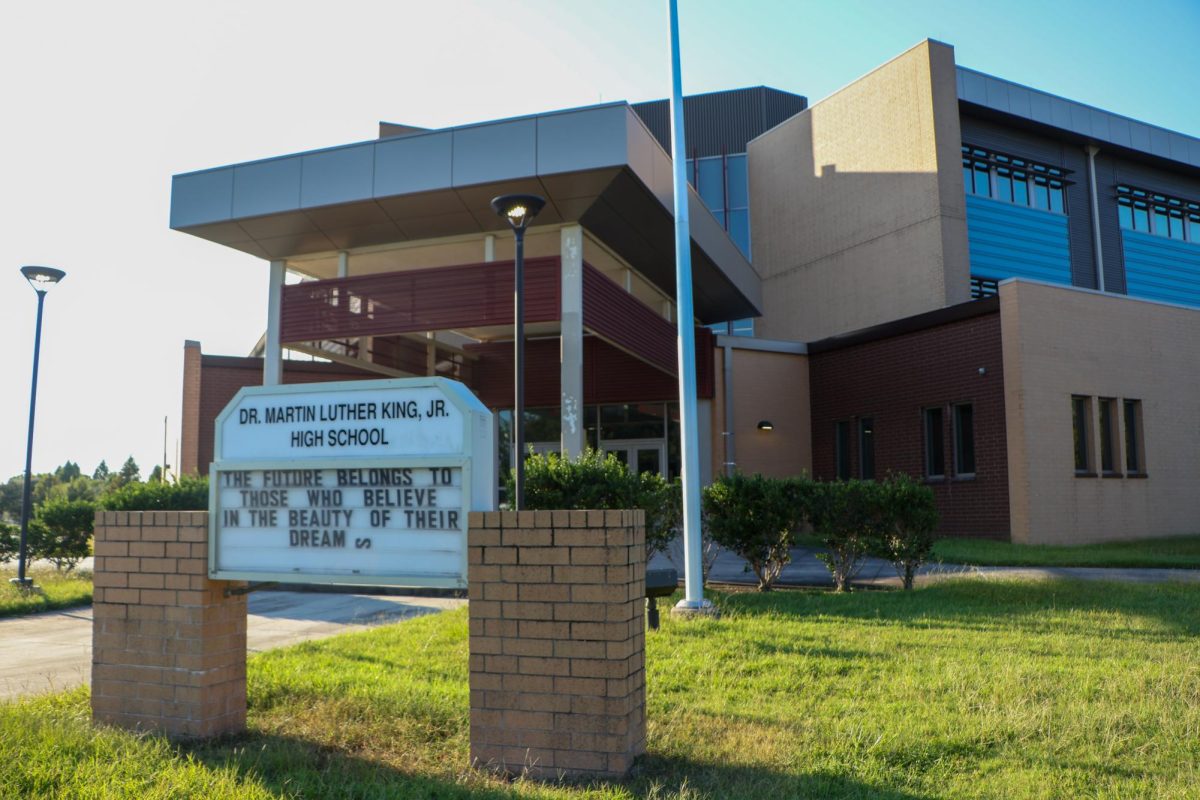As artificial intelligence is steadily advancing, some have called into question the effects of this new technology, specifically its impact on the environment.
Loyola’s ecology and environmental sciences professor, Sonny Bleicher, explained artificial intelligence’s issues aren’t black and white.
“This technology is extremely energy-demanding. So that’s the negative side of it, right?” Bleicher explained.
“An example of something that’s a part of AI is cryptocurrency. Cryptocurrency requires extreme computing powers and extremely large server farms that are doing the computational needs of that form of AI.” Bleicher said before he went on to talk about a specific example.
“I can give you an example from my grandparents’s farm in Iowa. It was bought by Google, because it was near a power plant. [Google] needed the energy capacity to be able to support the computing power. This is why they bought the farm. This gives you an example of how much that land was then used for Google’s purposes.” Bleicher explained.
However, artificial intelligence can be used for positive environmental measures as well. Bleicher cited an example of this through the work of his colleague, Dr. Tanya Berger-Wolf, who is the Director of the Translational Data Analytics Institute at Ohio State University. Berger-Wolf co-founded Wildbook, a program that harvests data from photos and videos that tourists upload to the internet from their vacations.
Researchers used Wildbook to track endangered species, as the artificial intelligence in the program could identify micro traits from photos of animals. The program identified genetics and herd dynamics in a way humans could not.
“Can I look at a zebra and say, ah, look at the patterns of these stripes on the back; that’s the baby of these two individuals?” Bleicher questioned. “No, but the AI can.”
Bleicher went on to explain the genius of AI’s problem-solving techniques.
“It has the ability to figure out patterns that we’re not even thinking about,” he said. “It can predict next steps and generate hypotheses based on observations. It’s able to predict what factors influence carbon dioxide and methane emissions.”
Bleicher then explained that he used AI in his research, by using software to analyze his work.
“I have computational powers for which I don’t have myself,” he said.”That is not a small tool to have.”
Bleicher mentioned that he’s an advocate for using AI in the classroom, but only in specific ways.
“Using AI to generate assignments for you and to think for you is the wrong use of AI,” he said.
“It’s a bad use of AI and it is academic misconduct. At the same time, if you use it correctly, it will make your work so much better. You can go into ChatGPT and say, ‘Hey, I’m writing this article for this journal about the following things. What would be good questions?’ That’s absolutely fine.”
Bleicher said the environmental impacts of AI would be more correlational than causational.
“More people using technology means more environmental impact,” he explained. Yet, Bleicher considers AI “fundamentally and foundationally” dangerous due to students’ reliance on it.
“You do not know how to think if you rely on these tools too much,” Bleicher said. “We are in a real crisis.”
Bleicher is concerned that the overuse of AI causes an inability to think critically, and if students can’t think critically, they won’t be hired. Bleicher claims that most students going into med school are going to fail, as they rely too much on AI.
“Ask any people teaching in a med school right now? The last generation of the past five years going into med schools are going to fail because they do not have the skills needed to survive in med school,” he explained.
“So, is it worth your $100,000, $150,000 of student loans?” Bleicher said. “I wouldn’t pay $150,000 to get a degree to fill things out with AI and not have to think.”







